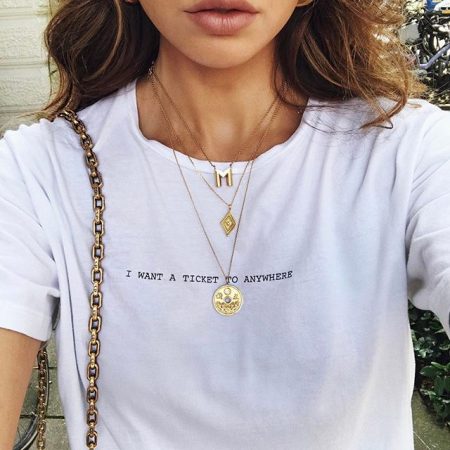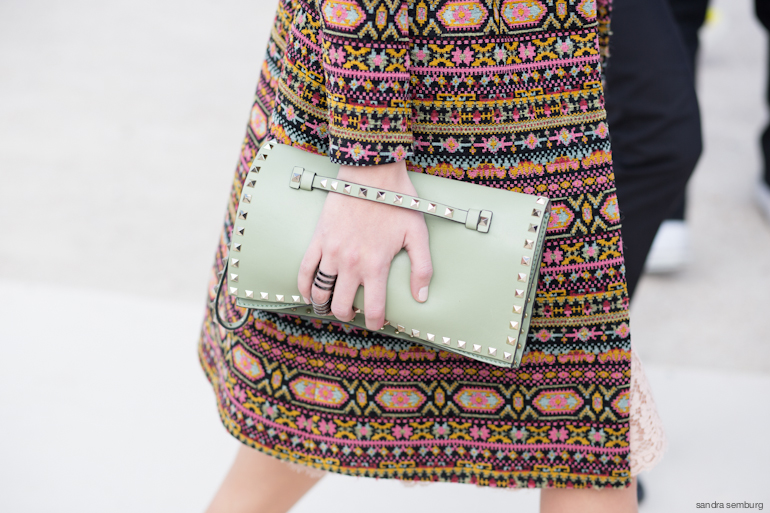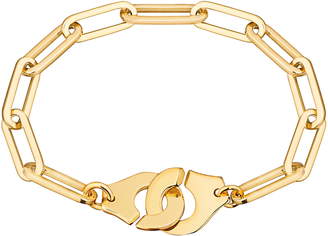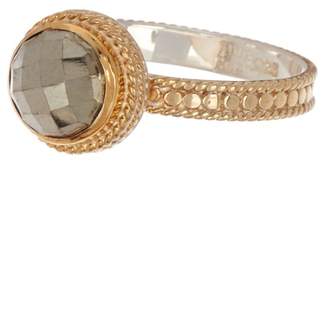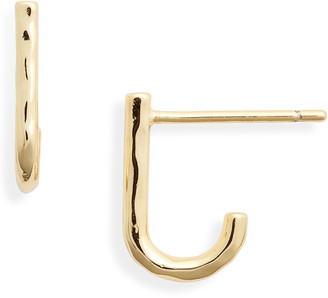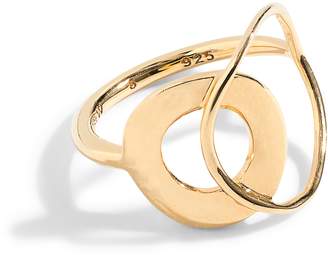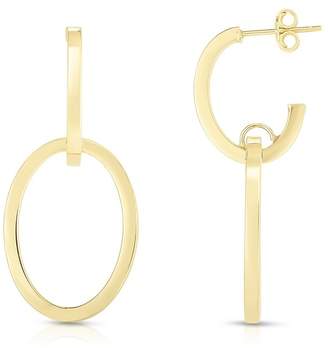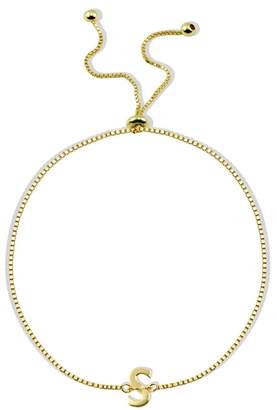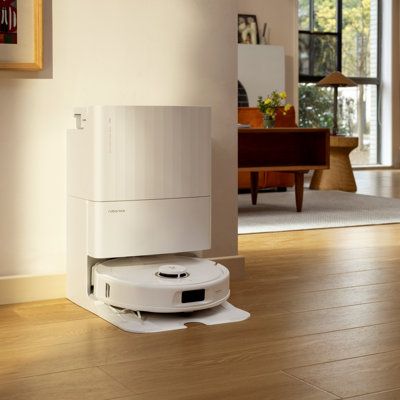Sometimes, it can be hard to buy jewelry, especially when confronted with different variations of gold. Of course, solid gold will forever be the ideal choice in terms of quality and overall appeal, but our budgets might not always agree. As a result, gold-filled or gold-plated jewelry has become a popular and affordable option when looking to mix and match daily pieces.
On the hunt for a new piece of jewelry and need some help understanding the difference between gold-filled and gold-plated jewelry? We’re here to make your shopping life easier. We put together what you need to know about each piece of jewelry and what you need to know when it comes to selecting a gold-filled versus a gold-plated piece of jewelry.
Keep reading for the breakdown, plus feel free to shop some of our current favorites as well.
What is gold-filled?
Commercial jewelry is often marketed as gold when actually, they tend to be gold-filled. Gold-filled items have the same high-quality look of solid gold, but they’re not 100% pure, thus making them cheaper. Anyone who can wear gold can wear gold filled jewelry without having to worry about an allergic reaction.
In the melding process, a different core metal is used as a base material, such as brass, sterling silver or nickel. A gold sheet is then mechanically bonded to the base by applying heat.
Gold-filled jewelry is also legally known as “rolled gold plate” or “gold overlay”. In the US, the Federal Trade Commission (FTC) defines the quality of gold-filled jewelry.
What is gold-plated?
The technique used to make gold-plated jewelry is slightly different. Electricity or chemicals deposit and bond a very thin layer of gold over another metal, like copper.
Since the gold layer is much thinner in gold-plated jewelry, it’s much more affordable. However, such pieces tend to tarnish with frequent wear.
What is the best way to tell the difference between gold-filled, gold-plated and solid gold jewelry?
Solid gold jewellery is typically stamped with a karat number only. For example, an 18-karat necklace or ring will have a stamp that says “18K”, “18kt” or “18KP”.
Gold-filled pieces also come with a karat marking, but they have additional letters and numbers stamped to show they’re not solid gold. “GF” is the most commonly used stamp on gold-filled jewellery, but you can also find the letters “RGP” (rolled gold plate).
Sometimes, gold-filled jewelry is sold with a warranty stating how long the gold layer should last before discoloring.
If you can’t spot any markings, it’s safe to assume the piece is gold-plated.
What is the best way to care for gold-filled and gold-plated jewelry?
Since gold-filled jewelry is pretty durable, its upkeep is relatively easy. Get into the habit of taking off your jewelry at night, and storing them in soft cloth bags to prevent scratches. Also, avoid wearing them in water. If you do happen to get them wet, be sure to dry them immediately with a soft absorbent cloth.
Similarly, gold-plated jewelry should not be worn in the water. Steer clear of pools or hot tubs, as the chemicals will tarnish them much quicker. The same goes for lotions or perfumes, so always put on your gold-plated jewelry after your cosmetic products have fully absorbed into the skin.
Conventional jewelry-cleaning solutions may be too abrasive, so use warm soapy water to clean your gold-plated jewelry. Then, dry them with a soft cloth.
